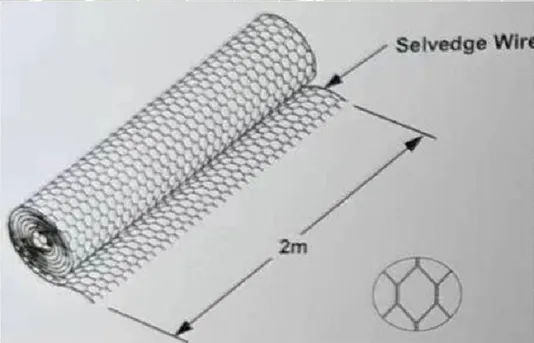-
 Phone:
Phone: -
 Email:
Email:

barbed wire fence cost
The Cost of Barbed Wire Fences An In-Depth Analysis
Barbed wire fences have been a staple in agricultural practices and property delineation since their invention in the late 19th century. They provide an effective and relatively economical solution for enclosing livestock and securing property lines. However, the cost of installing and maintaining barbed wire fences can vary significantly based on a multitude of factors. In this article, we will explore the various elements that contribute to the overall cost of barbed wire fences, helping you make an informed decision should you consider installing one.
1. Materials Costs
The primary factor influencing the cost of a barbed wire fence is the materials used. The most common components include
- Barbed Wire The price of barbed wire can fluctuate based on wire gauge, type (galvanized or non-galvanized), and market conditions. On average, barbed wire costs range from $0.10 to $0.50 per linear foot.
- Posts The type of posts you choose (wood, metal, or vinyl) will substantially affect the total cost. Wooden posts are typically less expensive upfront, costing around $3 to $5 each, while metal posts can range from $5 to $15 depending on thickness and treatment.
- Fencing Accessories Items such as insulators, staples, tension wire, and gates also contribute to the total expense. Depending on the quality and quantity, these can add anywhere from a few dollars to several hundred dollars to your total bill.
2. Labor Costs
Labor costs can significantly impact the overall price of your barbed wire fence. If you plan to install the fence yourself, your expenses will be limited to materials and tools. However, hiring professionals increases costs, with labor rates varying widely based on geographic location and the complexity of the installation. On average, you might expect to pay between $20 and $50 per hour for labor. The total labor cost will depend on the length of the fence, the type of terrain, and other site-specific factors.
3. Length and Configuration
barbed wire fence cost

The total length of the fence you need will depend on your property’s size and your specific fencing goals. As a general rule, the longer the fence, the more materials and labor you will require, which directly increases costs. Additionally, if the terrain is hilly or rocky, installation becomes more labor-intensive, further inflating costs.
Moreover, the configuration of your fence can also influence the price. A straight, uncomplicated design will cost less compared to a fence that requires numerous corners, gates, or complex layouts. It’s essential to carefully plan your fence to minimize waste and unnecessary expenses.
4. Maintenance and Longevity
While the initial costs of a barbed wire fence may be relatively low, maintenance is an ongoing expense that should not be overlooked. Regular inspections are necessary to ensure the integrity of the fence, particularly if it is exposed to severe weather conditions or frequent use. Over time, costs may arise from replacing damaged sections, tightening loose wires, or repainting rusted posts.
Despite these maintenance considerations, barbed wire fences are known for their durability. When installed correctly, they can last several decades, making them a good long-term investment for many property owners.
5. Regional Pricing Variations
Finally, it's important to consider regional factors affecting the cost of barbed wire fences. Prices can vary by state or even within geographical areas due to the availability of materials, labor costs, and local demand. Urban areas might see higher costs due to increased living expenses and labor rates, whereas rural areas may benefit from lower prices.
Conclusion
In summary, the cost of installing a barbed wire fence is influenced by a variety of factors, including material selection, labor needs, the length of the fence, terrain characteristics, maintenance requirements, and regional pricing variations. By carefully assessing these aspects, property owners can make informed decisions that align with their budget and specific fencing requirements. Barbed wire may present an economical option for many, but understanding the complete picture of costs involved is crucial for effective planning and long-term satisfaction with your investment.
-
Wire Mesh for Every Need: A Practical SolutionNewsJul.25,2025
-
Steel Fences: Durable, Secure, and Stylish OptionsNewsJul.25,2025
-
Roll Top Fencing: A Smart Solution for Safety and SecurityNewsJul.25,2025
-
Cattle Farm Fencing Solutions for Maximum SecurityNewsJul.25,2025
-
Affordable Iron Binding Wire SolutionsNewsJul.25,2025
-
Affordable Galvanized Wire SolutionsNewsJul.25,2025
-
Wire Hanger Recycling IdeasNewsJul.25,2025








